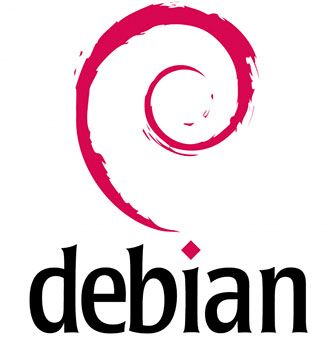How To Install DigiKam on Debian 12

In this tutorial, we will show you how to install DigiKam on Debian 12. digiKam is an advanced open-source digital photo management application that offers a wide range of features for importing, managing, editing, and sharing photos and raw files. It is available for Linux, Windows, and macOS, and is particularly popular among photographers and image editors for its comprehensive toolset.
This article assumes you have at least basic knowledge of Linux, know how to use the shell, and most importantly, you host your site on your own VPS. The installation is quite simple and assumes you are running in the root account, if not you may need to add ‘sudo‘ to the commands to get root privileges. I will show you the step-by-step installation of the DigiKam photo management apps on a Debian 12 (Bookworm).
Prerequisites
- A server running one of the following operating systems: Debian 12 (Bookworm).
- It’s recommended that you use a fresh OS install to prevent any potential issues.
- SSH access to the server (or just open Terminal if you’re on a desktop).
- An active internet connection. You’ll need an internet connection to download the necessary packages and dependencies for DigiKam.
- A user account with sudo privileges to execute administrative commands.
Install DigiKam on Debian 12 Bookworm
Step 1. Before installing digiKam, it’s important to ensure that your Debian system is up to date. This can be done by running the following commands in the terminal:
sudo apt update sudo apt upgrade
Step 2. Installing DigiKam on Debian 12.
- Installing digiKam using the APT Repository
The first option for installing digiKam is to use the default APT repository in Ubuntu. This method provides a stable and secure version of the software. Although it might not always have the latest features, it is recommended for those who prioritize stability over cutting-edge functionality. To install digiKam using the Ubuntu repository, open the terminal and enter the following command:
sudo apt install digikam
- Installing digiKam via Flatpak
An alternative method for installing digiKam is Flatpak, a versatile package management system that provides a sandboxed application environment. To install digiKam via Flatpak, you must first ensure that Flatpak is installed on your system. If it isn’t, you can install it by running:
sudo apt install flatpak
Then, use the following command to install the digiKam package from the Flathub repository:
flatpak install https://dl.flathub.org/repo/appstream/org.kde.digikam.flatpakref
- Installing digiKam via Snap
The third method to get digiKam on Ubuntu involves utilizing the Snapcraft package manager. Snapcraft is typically pre-installed on Ubuntu systems unless it has been removed earlier. To install digiKam using Snap, you can use the following command:
sudo snap install digikam
If Snap isn’t installed on your system, you can install it by running:
sudo apt update sudo apt install snapd
After installing Snap, you can install the core snap to get the latest snapd:
sudo snap install core
- Installing digiKam via AppImage
AppImage is a format for distributing portable software on Linux without needing superuser permissions to install the application. It tries to allow Linux distribution-agnostic binary software deployment for application developers, also known as upstream packaging.
First, you need to download the digiKam AppImage from the official website. You can use the wget command to download it directly from the terminal. The URL for the AppImage can be found on the digicam’s official download page:
wget https://mirror.freedif.org/KDE/ftp/stable/digikam/8.2.0/digiKam-8.2.0-x86-64.appimage
AppImages are self-contained files, so you only have to make them executable and click on them. To make a file named digiKam.Appimage executable, you can use the following command:
chmod +x digiKam-8.2.0-x86-64.appimage
Step 3. Accessing digiKam on Debian.
Once installed, To launch digiKam after installing it on Debian, you can use several methods depending on how you installed the application. If you installed digiKam using the package manager (APT), Snap, or AppImage, the process to launch it might slightly differ.
If you installed digiKam using APT or Snap, it should be accessible from your desktop environment’s application menu. However, if you prefer using the terminal or need to troubleshoot, you can launch digiKam by typing the following command:
digikam
If you’ve installed digiKam as an AppImage, you’ll need to make the AppImage file executable and then run it. Assuming you’ve already made the file executable, you can launch digiKam by navigating to the directory where the AppImage is located and running:
./digiKam-*.AppImage
Replace digiKam-*.AppImage with the actual file name of the digiKam AppImage.

Congratulations! You have successfully installed DigiKam. Thanks for using this tutorial to install the latest version of the DigiKam digital photo management on Debian 12 Bookworm. For additional help or useful information, we recommend you check the official DigiKam website.